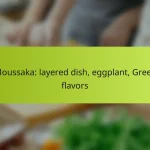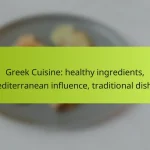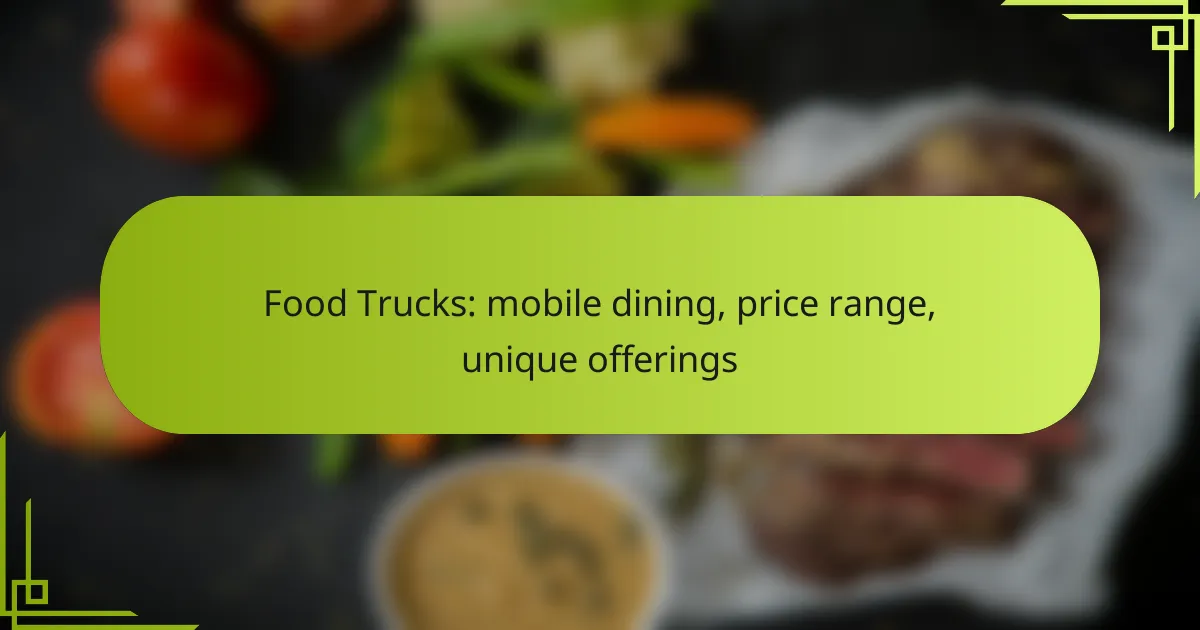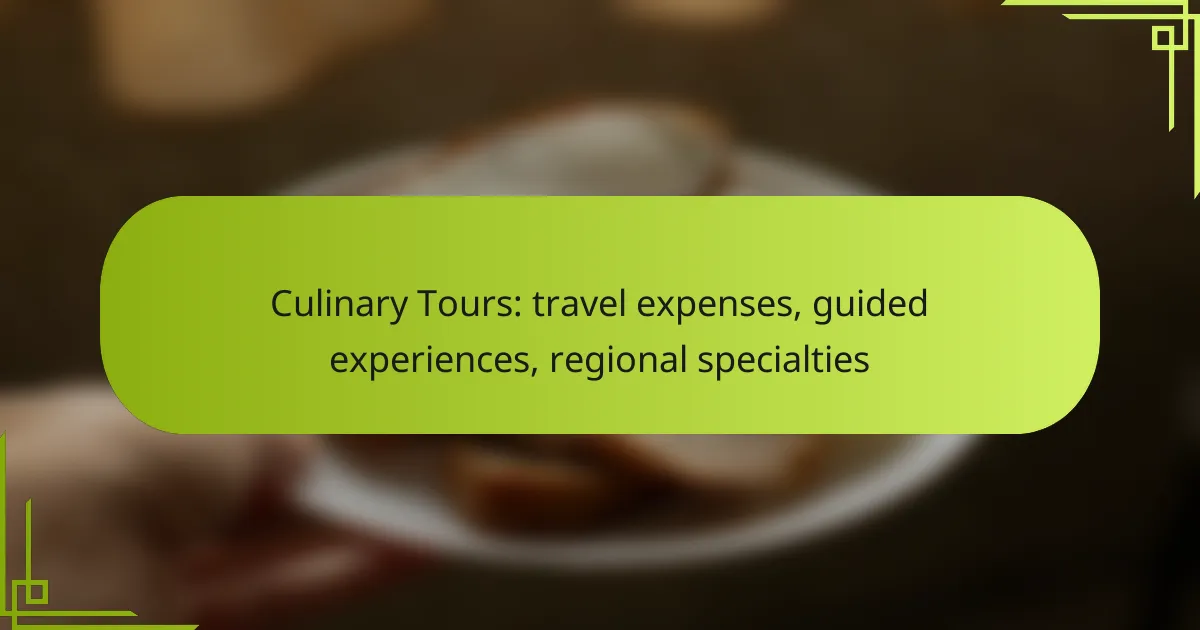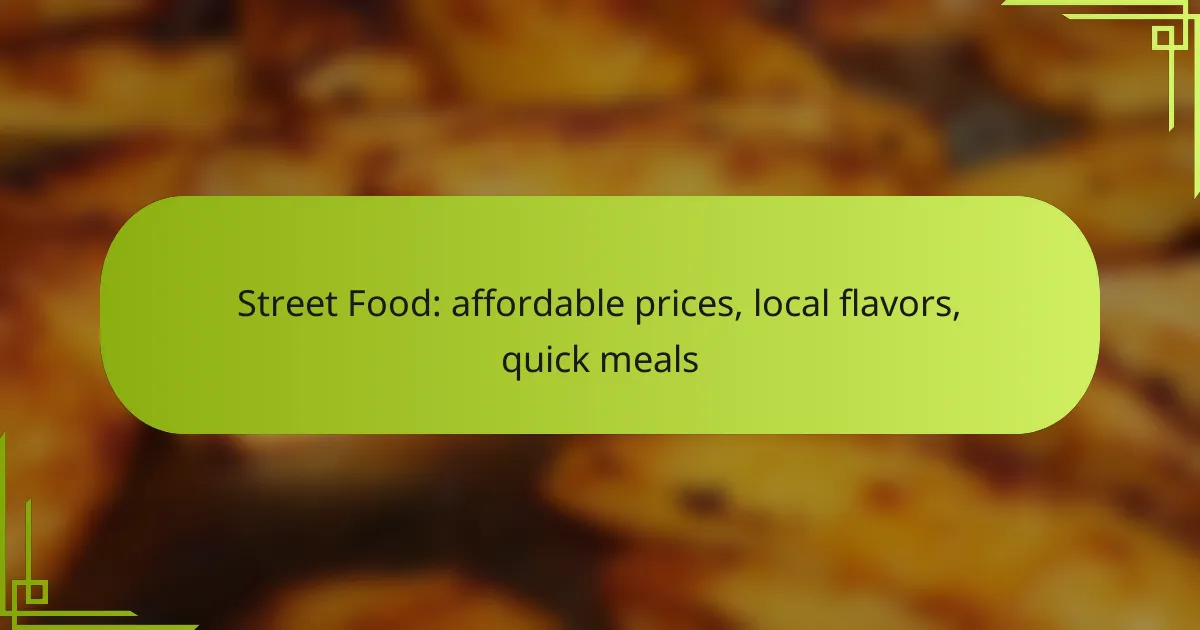Cooking classes in Canada offer a diverse range of educational opportunities, with costs varying widely depending on the institution and course length. Participants benefit from hands-on experiences that include practical cooking sessions and chef-led workshops, enhancing their culinary skills in a real-world context. Additionally, regional classes reflect local culinary traditions and ingredient availability, providing a unique insight into Canada’s rich food heritage.
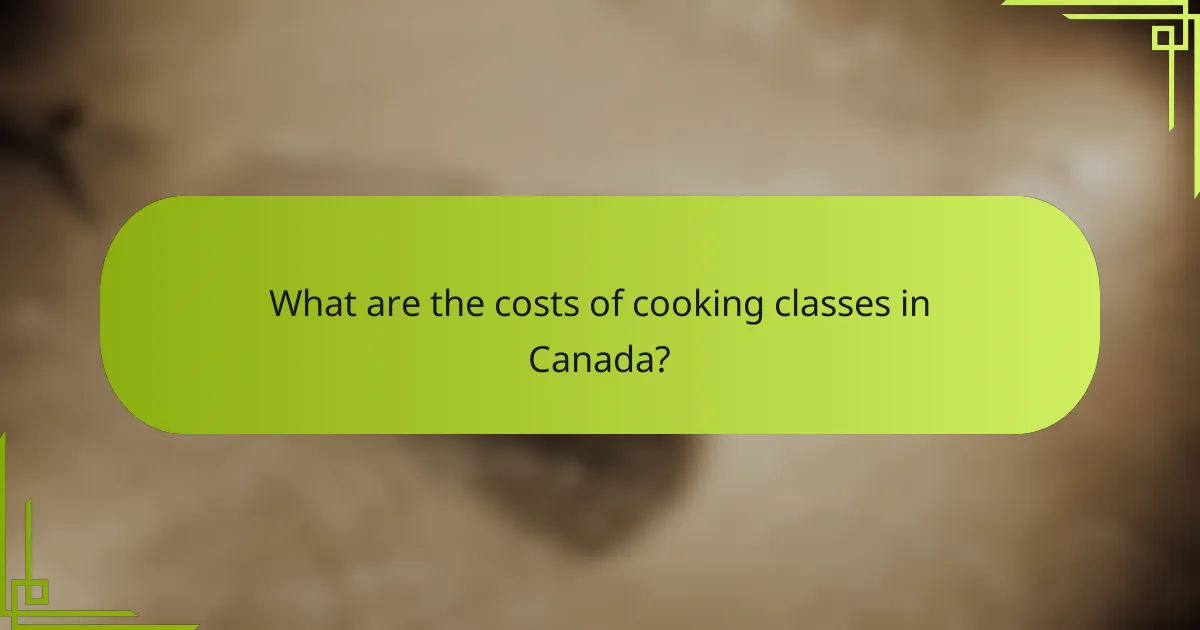
What are the costs of cooking classes in Canada?
The costs of cooking classes in Canada can vary significantly based on the institution, location, and course length. Generally, students can expect to pay anywhere from a few hundred to several thousand Canadian dollars for comprehensive programs.
Average tuition fees
On average, tuition fees for cooking classes in Canada range from CAD 500 to CAD 5,000. Short courses or workshops may cost less, while diploma programs at culinary schools typically fall on the higher end of the spectrum. Institutions like George Brown College or the Culinary Institute of Canada offer programs that reflect these averages.
Additional materials costs
In addition to tuition, students should budget for materials, which can include textbooks, cooking utensils, and ingredients. These costs can add another CAD 100 to CAD 500, depending on the course requirements. Some schools may provide a list of necessary items, allowing students to shop for the best deals.
Regional price variations
Cooking class prices can vary by region in Canada. Major cities like Toronto and Vancouver often have higher tuition rates due to increased demand and living costs, while smaller towns may offer more affordable options. Prospective students should research local culinary schools to find the best fit for their budget and educational goals.

What hands-on experiences do cooking classes offer?
Cooking classes provide a variety of hands-on experiences that allow participants to actively engage in food preparation and culinary techniques. These experiences often include practical cooking sessions, chef-led workshops, and farm-to-table activities, each designed to enhance skills and knowledge in a real-world context.
Practical cooking sessions
Practical cooking sessions are the backbone of many cooking classes, where students get to prepare dishes under guidance. These sessions typically involve step-by-step instruction on techniques such as chopping, sautéing, and baking, allowing participants to practice skills in a supportive environment.
Classes may range from a few hours to several weeks, with costs varying from around $50 to several hundred dollars, depending on the duration and complexity. Students should look for classes that offer a balanced mix of instruction and hands-on practice to maximize their learning experience.
Chef-led workshops
Chef-led workshops provide an opportunity to learn directly from experienced culinary professionals. These workshops often focus on specific cuisines or techniques, such as Italian pasta-making or French pastry skills, and can last anywhere from a few hours to a full day.
Participants can expect a more intimate setting, often with fewer attendees, which allows for personalized feedback and interaction. Costs for these workshops typically range from $100 to $300, reflecting the expertise of the chef and the quality of the ingredients used.
Farm-to-table experiences
Farm-to-table experiences connect participants with local agriculture, emphasizing the importance of fresh, seasonal ingredients. These classes often include visits to local farms, where students can learn about sourcing produce and may even participate in harvesting.
Following the farm visit, participants typically return to the kitchen to prepare meals using the freshly harvested ingredients. These experiences not only enhance cooking skills but also foster an appreciation for sustainability and local food systems. Prices for farm-to-table classes can vary widely, often starting around $75 and going up depending on the location and included activities.
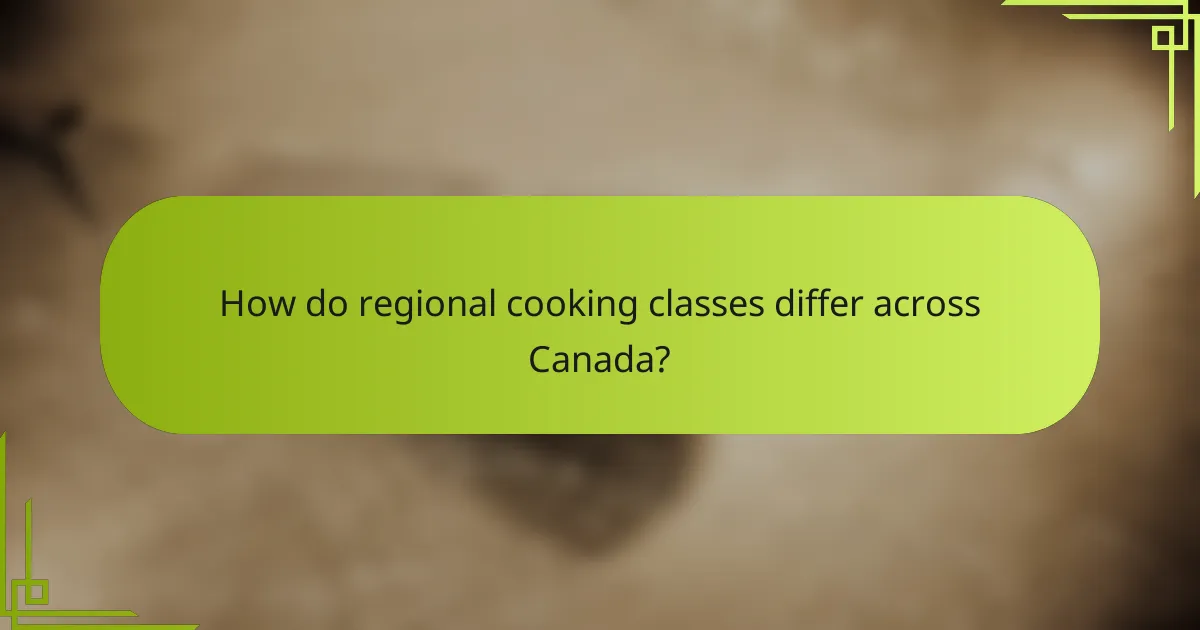
How do regional cooking classes differ across Canada?
Regional cooking classes in Canada vary significantly based on local culinary traditions, ingredient availability, and cultural influences. Each province offers unique courses that reflect its distinct food heritage and cooking techniques.
Local cuisine focus
Local cuisine focus in Canadian cooking classes often emphasizes the traditional dishes of the region. For instance, classes in Quebec may center around poutine and tourtière, while those in British Columbia might highlight seafood and Asian fusion dishes. This regional focus allows participants to gain a deeper understanding of local flavors and cooking methods.
Students can expect to learn not only recipes but also the history and significance of these dishes within their communities. This hands-on experience fosters a connection to the local culture and culinary practices.
Ingredient sourcing
Ingredient sourcing is a critical aspect of regional cooking classes, as many programs prioritize using local and seasonal produce. In classes held in Ontario, for example, participants might work with fresh fruits and vegetables from nearby farms, enhancing the quality and flavor of their dishes.
Some classes may even include field trips to local markets or farms, allowing students to understand the importance of sourcing ingredients sustainably. This practice not only supports local economies but also teaches students about the benefits of fresh, high-quality ingredients.
Cultural influences in teaching
Cultural influences in teaching cooking classes across Canada reflect the diverse backgrounds of the population. In classes, instructors often share personal stories and cultural insights, enriching the learning experience. For example, a class in Nova Scotia might incorporate Acadian cooking techniques, while a class in Toronto could explore multicultural influences from its diverse immigrant communities.
This approach not only teaches cooking skills but also promotes appreciation for the various cultures that contribute to Canada’s culinary landscape. Students leave with a broader perspective on food and its role in cultural identity.
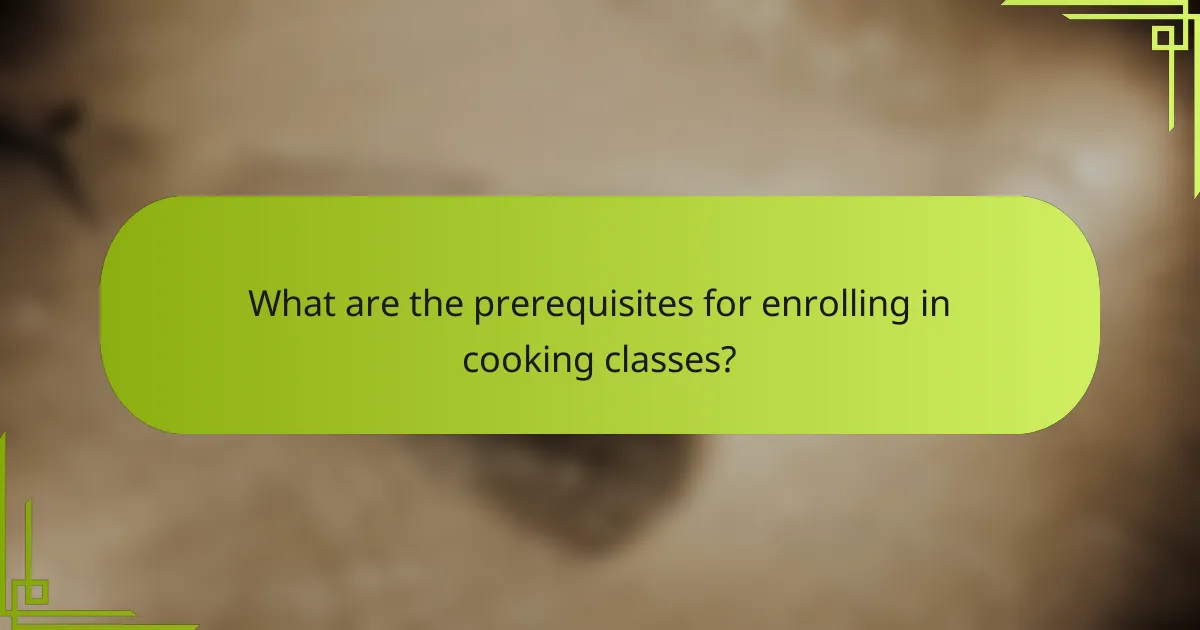
What are the prerequisites for enrolling in cooking classes?
To enroll in cooking classes, prospective students typically need to meet certain prerequisites, which can vary by institution. These may include skill level, age, and equipment requirements that help ensure a productive learning environment.
Skill level requirements
Cooking classes often cater to various skill levels, from beginners to advanced chefs. Many programs welcome novices, while others may require prior experience or specific culinary knowledge. It’s essential to choose a class that matches your current abilities to maximize your learning experience.
Some institutions may offer introductory courses that cover basic techniques, while more advanced classes might focus on specialized cuisines or professional skills. Check the course descriptions for clarity on what is expected.
Age restrictions
Age restrictions for cooking classes can vary widely. Many classes are open to adults, while some may offer programs specifically designed for children or teenagers. If you are under 18, it’s advisable to confirm whether parental consent is needed or if there are age-specific classes available.
In some regions, culinary schools may have minimum age requirements, often around 16 or 18 years old, especially for more intensive or professional courses. Always verify the age policy before enrolling.
Equipment needed
Depending on the cooking class, you may need to bring specific equipment or ingredients. Basic tools like knives, cutting boards, and measuring cups are commonly required. Some classes may provide equipment, while others expect students to supply their own.
Before attending, check with the class instructor regarding any necessary items. This preparation can help you avoid surprises and ensure you have everything you need for a successful cooking experience.

How to choose the right cooking class?
Choosing the right cooking class involves considering factors like instructor qualifications, class size, and reviews. These elements can significantly impact your learning experience and ensure you gain practical skills effectively.
Instructor qualifications
Instructor qualifications are crucial when selecting a cooking class. Look for chefs with formal culinary training or extensive professional experience, as they can provide valuable insights and techniques. Many reputable classes also highlight their instructors’ backgrounds, which can help you gauge their expertise.
Additionally, consider instructors who specialize in the cuisine you want to learn. For instance, if you’re interested in Italian cooking, find a chef known for their experience in that area. This specialization can enhance your learning and provide a more authentic experience.
Class size and format
Class size and format can greatly influence your ability to learn and interact. Smaller classes, typically ranging from 5 to 15 students, allow for more personalized attention from the instructor. This setup can enhance hands-on experience and facilitate better feedback.
Consider the class format as well; some classes are hands-on, while others may be demonstration-based. Hands-on classes often provide more opportunities to practice techniques, while demonstration classes can offer a broader overview of various dishes. Choose the format that aligns with your learning style.
Reviews and testimonials
Reviews and testimonials from past students can provide insights into the quality of a cooking class. Look for feedback on the instructor’s teaching style, the class structure, and the overall experience. Online platforms and social media can be valuable resources for finding authentic reviews.
Pay attention to recurring themes in the reviews. If multiple students mention a supportive environment or effective teaching methods, it’s likely a good indicator of the class’s quality. Conversely, be cautious of classes with consistent negative feedback, as they may not meet your expectations.
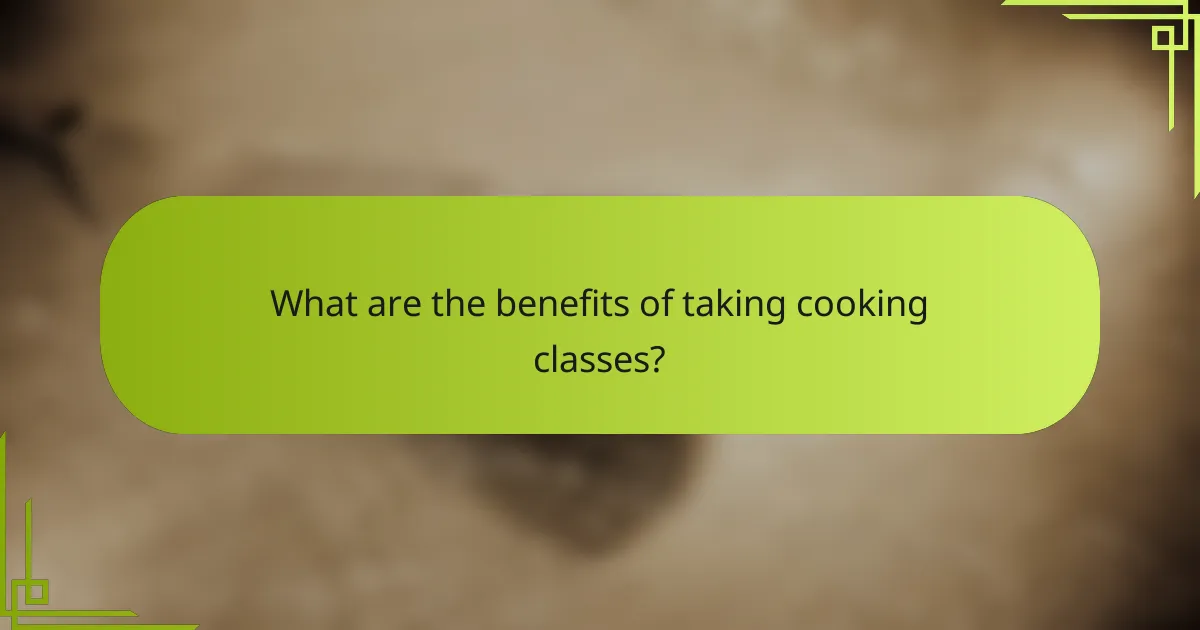
What are the benefits of taking cooking classes?
Taking cooking classes offers numerous advantages, including skill enhancement and the chance to connect with like-minded individuals. These classes provide hands-on experience, allowing participants to learn techniques and recipes that can elevate their culinary abilities.
Skill development
Cooking classes focus on developing a range of culinary skills, from basic knife techniques to advanced cooking methods. Participants can expect to learn about flavor combinations, cooking times, and presentation, which are essential for creating appealing dishes.
Classes often cater to various skill levels, so whether you are a beginner or looking to refine your expertise, you can find a suitable program. For instance, a beginner might start with simple recipes, while more advanced classes could cover gourmet techniques or international cuisines.
Networking opportunities
Enrolling in cooking classes provides excellent networking opportunities with fellow food enthusiasts and industry professionals. Participants can share experiences, tips, and even collaborate on projects, fostering a sense of community.
Many cooking schools host events or workshops that allow students to meet chefs and food industry experts. This can lead to potential job opportunities or partnerships, especially in regions with a vibrant culinary scene, such as major cities in Europe or the United States.

